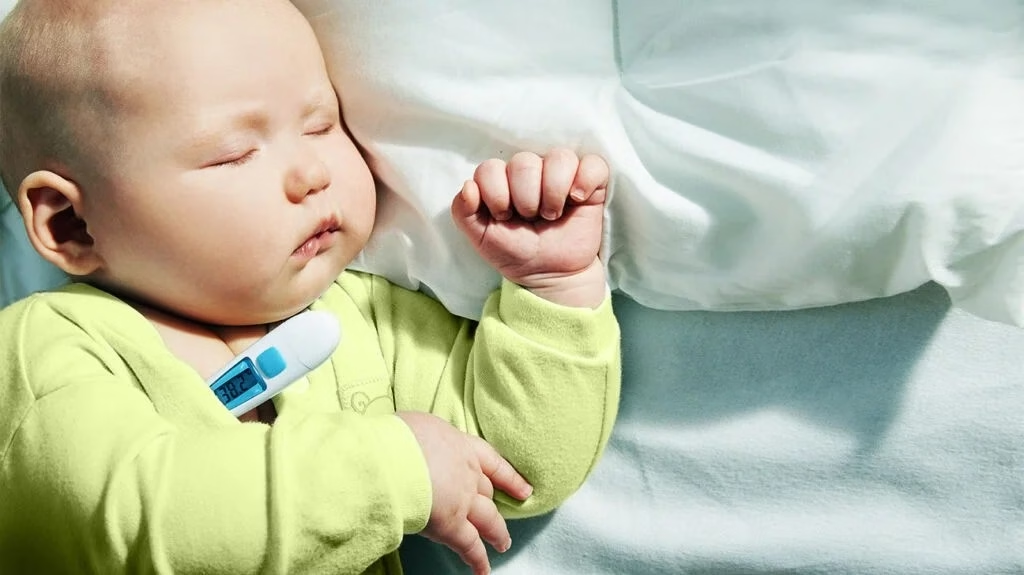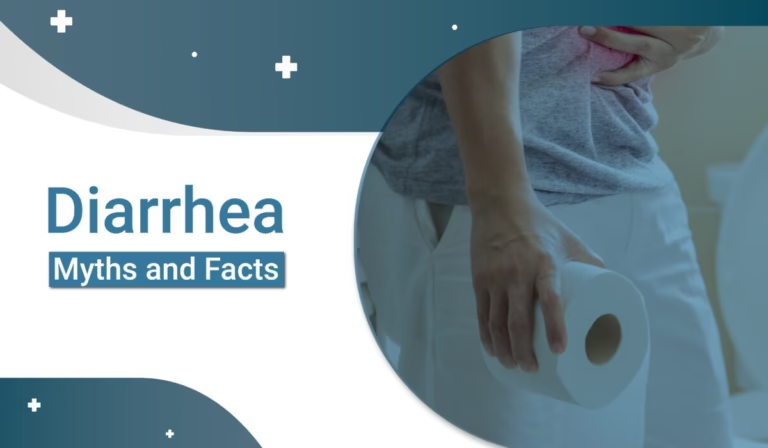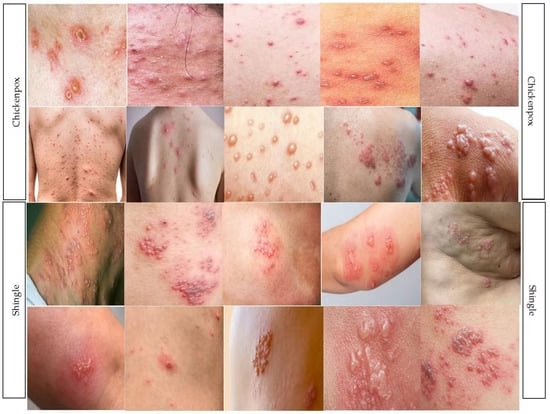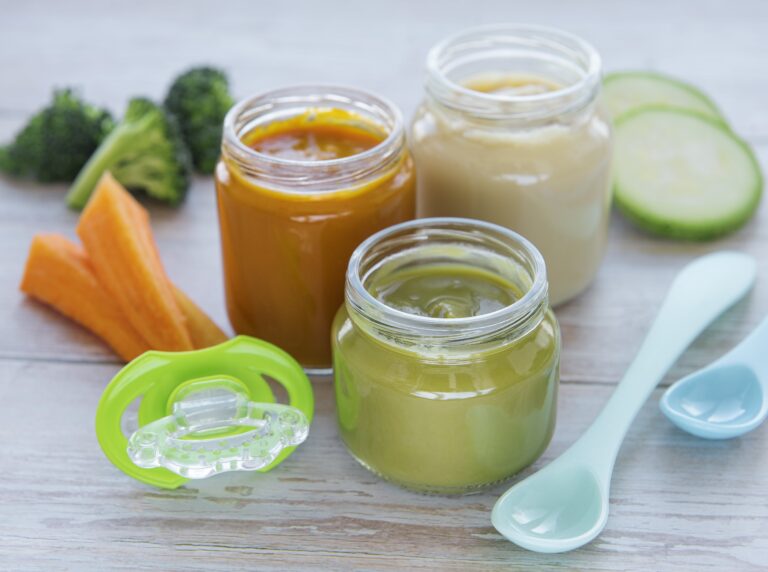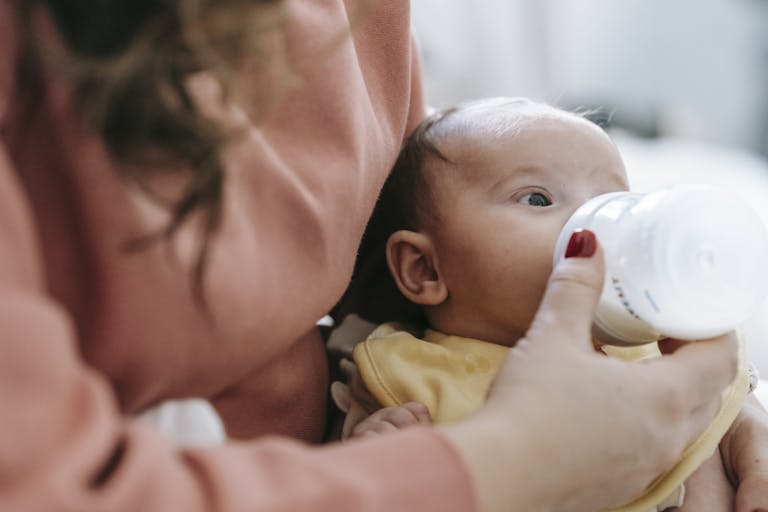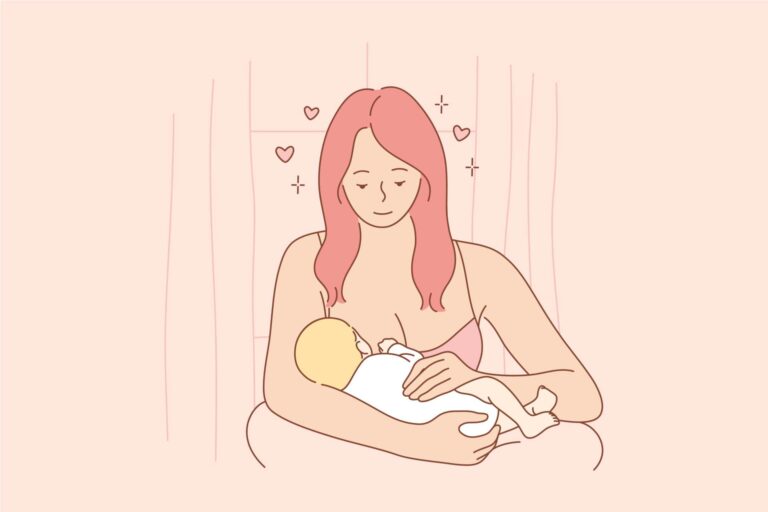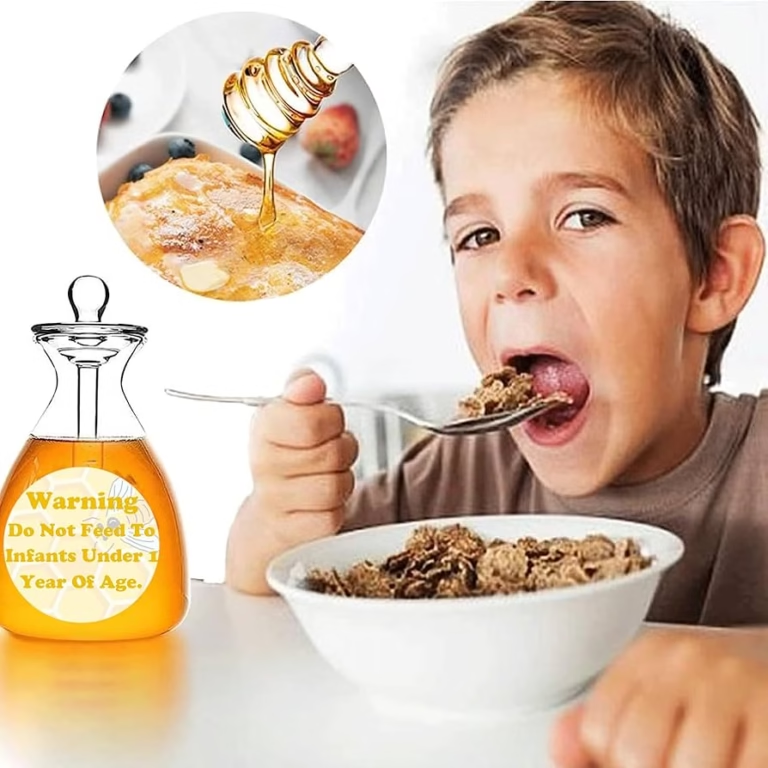What Temperature Is Fever in Infants? Know the Signs
A fever for an infant is typically considered at a temperature of 100.4°F (38°C) or higher, measured rectally. Entering the world of parenting arms you with love, excitement, and a fair share of worries—particularly when it comes to your infant’s health and well-being.
Knowing the signs of a fever can prompt timely medical advice and care, which is crucial for the delicate immune system of a baby. Infants under three months old require immediate medical attention if they have a fever because their little bodies are still developing the ability to fight infections.
Recognizing a fever early can reduce the risk of serious complications, ensuring your baby is safe and healthy. Keeping a thermometer handy and learning the correct way to measure your baby’s temperature will help you act quickly and decisively, should the need arise. Remember, your baby’s comfort and health are paramount, so understanding what constitutes a fever is an essential aspect of infant care.
Recognizing Fever In Infants
Knowing when an infant has a fever is key for proper care. A rectal temperature over 100.4°F (38°C) signals a fever. Babies show different signs like fussiness, or a loss of appetite. You might notice unusual sleep patterns or lethargy. Their skin may feel hot or look flushed.
Touch and a quick glance can’t confirm fever. So, always use a reliable thermometer. Digital ones are best for infants. Don’t forget, ear temperatures are often higher than rectal readings. Armpit temperatures are lower.
| Age | Method | Threshold |
| 0-3 months | Rectal | 100.4°F (38°C) or higher |
| 3-12 months | Rectal | 100.4°F (38°C) to 102°F (38.9°C) |
| Any age | Ear | Higher than rectal readings |
| Any age | Armpit | Lower than rectal readings |
Measuring Your Infant’s Temperature
Measuring an infant’s temperature requires careful steps. Use a reliable thermometer. Digital ones work best for infants. Ensure the device touches the skin snugly. A rectal reading is most accurate for babies under 3 months.
| Thermometer Type | Site Used | Age Range |
|---|---|---|
| Rectal | Bottom | 0-3 months |
| Ear | Ear canal | > 6 months |
| Armpit | Underarm | All ages |
| Oral | Mouth | > 4 years |
| Temporal artery | Forehead | All ages |
Always clean the thermometer before and after use. Gently hold your baby still during the reading. A fever in infants is a temperature at or above 100.4°F (38°C).
Interpreting The Numbers
Content below represents the main paragraphs for the section “Interpreting the Numbers” with a focus on “Normal Temperature Range” and “When It’s a Fever”. Remember to read the instructions carefully to maintain SEO-friendly content.A healthy infant’s temperature generally ranges from 97°F (36.1°C) to 100.3°F (37.9°C). Measured rectally, this range is considered normal. Parents should use a digital thermometer for the most accurate results.
A reading above 100.4°F (38°C) is, however, a different story. This indicates a fever in a baby. Remember that young infants require a doctor’s visit if they exhibit a fever. Other signs like fussiness or a rash may also suggest it’s time for medical advice.
Causes Behind Fever In Babies
Babies get fevers mostly from viral or bacterial infections. Ear infections, colds, and the flu are typical causes. Rashes can also lead to fever. Urinary tract infections (UTIs) can cause fever without other symptoms in infants.
Environmental Factors
- Overdressing a baby can lead to a rise in body temperature.
- Hot weather can increase a baby’s body temperature.
- It’s important to keep the infant’s room at a comfortable temperature.
When To Call The Doctor
A fever in infants can be alarming, and knowing when to contact a doctor is crucial. Rectal temperatures above 100.4°F (38°C) indicate a fever.
- High fever concerns surface with temperatures above 102°F (38.9°C).
- Seek medical advice immediately for fevers in infants under three months.
Other symptoms to watch for include:
- Unusual fussiness or lethargy.
- Poor eating, difficulty waking, or breathing problems.
- Rashes, vomiting, or diarrhea alongside fever.
These symptoms, when combined with a fever, can signal serious ailments.
Treating Your Infant’s Fever
Treating your infant‘s fever begins with careful monitoring. Remember, a fever often indicates the body fighting an infection. Ensure comfort for your child with a cool environment and appropriate clothing.
Hydration is key. Offer breast milk or formula frequently to prevent dehydration. Check the fever regularly with a reliable thermometer.
For medication, acetaminophen is safe for infants, but always follow the pediatrician’s advice and correct dosages. Do not use aspirin due to the risk of Reye’s syndrome. Keep a log of medication times to avoid overdosing.
Use comfort measures like cuddling and a pacifier. Do not give cold baths as this may cause shivering, raising body temperature.
Preventing Fevers In Infants
Preventing fevers in infants can be quite straightforward. Regular vaccinations play a critical role. They help protect your little ones from many illnesses. Keeping infants up-to-date on their vaccination schedule is a must.
Maintaining good hygiene is equally vital. Always wash hands before handling your baby. Ensure that everyone who touches your baby follows this rule too.
Creating a safe environment is also crucial. This includes regular cleaning and airing out the baby’s living spaces. Use safe cleaning products to keep areas sanitized. Avoid overcrowded places, especially during cold and flu season.
Following these steps can help keep your baby healthy. Plus, it might reduce the chances of a fever.
Frequently Asked Questions For What Temperature Considered Fever For Infants
What Is Considered A Fever In Infants?
A fever in infants is a rectal temperature of 100. 4°F (38°C) or higher.
What Temperature Is Too High For An Infant?
A temperature over 100. 4°F (38°C) is considered high for an infant.
What Is A Low-grade Fever For A Baby?
A low-grade fever for a baby is typically between 99. 5°F (37. 5°C) and 100. 3°F (37. 9°C).
Conclusion
Recognizing the normal range of an infant’s temperature is crucial for every caregiver. A true fever in infants is a temperature of 100. 4°F (38°C) or higher. Always monitor your baby’s well-being and seek advice from a healthcare professional if you detect a fever.
It’s this vigilance that ensures the health and safety of our little ones. Remember, an informed approach could make all the difference in your infant’s care.
